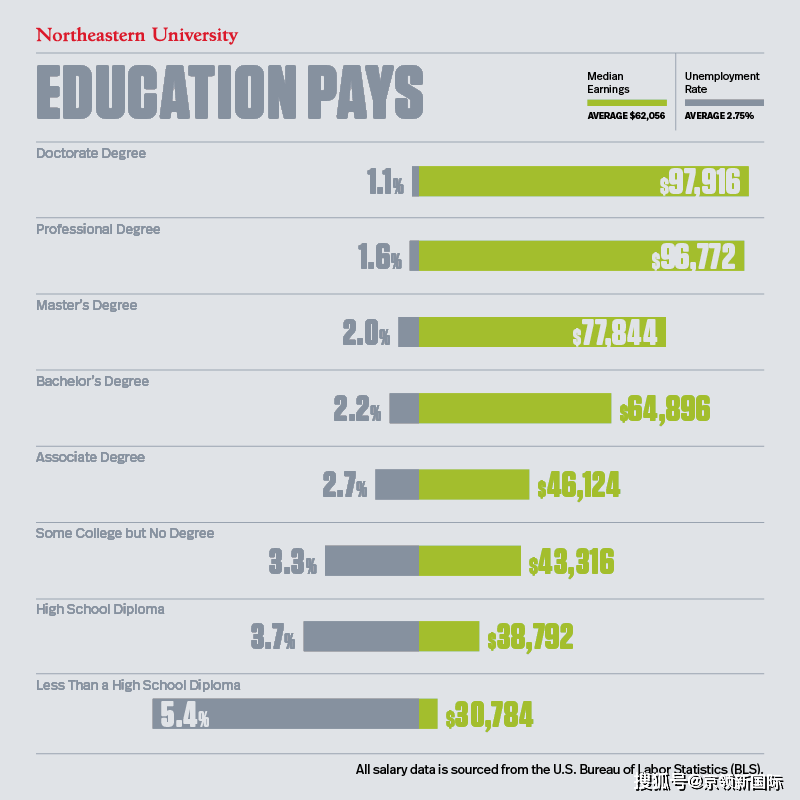Understanding Federal Student Loans: A Comprehensive Guide to Financing Your Education
Guide or Summary:Introduction to Federal Student LoansTypes of Federal Student LoansEligibility Requirements for Federal Student LoansHow to Apply for Feder……
Guide or Summary:
- Introduction to Federal Student Loans
- Types of Federal Student Loans
- Eligibility Requirements for Federal Student Loans
- How to Apply for Federal Student Loans
- Repayment Options for Federal Student Loans
Introduction to Federal Student Loans
Federal student loans are a type of financial aid provided by the U.S. government to help students pay for their education. These loans typically offer lower interest rates and more flexible repayment options compared to private loans. Understanding the ins and outs of federal student loans is crucial for students looking to finance their college education without incurring overwhelming debt.
Types of Federal Student Loans
There are several types of federal student loans available to students. The main categories include Direct Subsidized Loans, Direct Unsubsidized Loans, Direct PLUS Loans, and Direct Consolidation Loans. Each type has its own eligibility requirements and terms:
- **Direct Subsidized Loans**: These loans are available to undergraduate students with demonstrated financial need. The government pays the interest while the student is in school at least half-time, during the grace period, and during deferment periods.
- **Direct Unsubsidized Loans**: Unlike subsidized loans, these are available to both undergraduate and graduate students and do not require a demonstration of financial need. Interest accrues while the student is in school.
- **Direct PLUS Loans**: These loans are designed for graduate students and parents of dependent undergraduate students. They can cover the full cost of attendance minus any other financial aid received.

- **Direct Consolidation Loans**: These allow students to combine multiple federal student loans into a single loan with a fixed interest rate, simplifying the repayment process.
Eligibility Requirements for Federal Student Loans
To qualify for federal student loans, students must complete the Free Application for Federal Student Aid (FAFSA). This application determines the student's financial need and eligibility for various types of federal aid. Key eligibility criteria include:
- Being a U.S. citizen or eligible non-citizen
- Having a valid Social Security number
- Maintaining satisfactory academic progress in college

- Not being in default on any federal student loans
How to Apply for Federal Student Loans
Applying for federal student loans begins with completing the FAFSA. Students should gather necessary documents, including tax returns and financial information, to provide accurate data on the application. Once submitted, students will receive a Student Aid Report (SAR) that summarizes their financial information and indicates their eligibility for federal aid.
Repayment Options for Federal Student Loans
Repaying federal student loans can be manageable due to various repayment plans available. Options include:
- **Standard Repayment Plan**: Fixed monthly payments over ten years.
- **Graduated Repayment Plan**: Lower payments that increase every two years.

- **Income-Driven Repayment Plans**: Payments are based on income and family size, making them more affordable for borrowers.
Additionally, borrowers may qualify for loan forgiveness programs, such as Public Service Loan Forgiveness (PSLF), which forgives the remaining balance after making 120 qualifying payments while working in a qualifying public service job.
Federal student loans are a vital resource for students seeking to finance their education. By understanding the types of loans available, eligibility requirements, application processes, and repayment options, students can make informed decisions about their financial futures. It's essential to research and consider all options carefully to ensure that borrowing is done responsibly and sustainably.